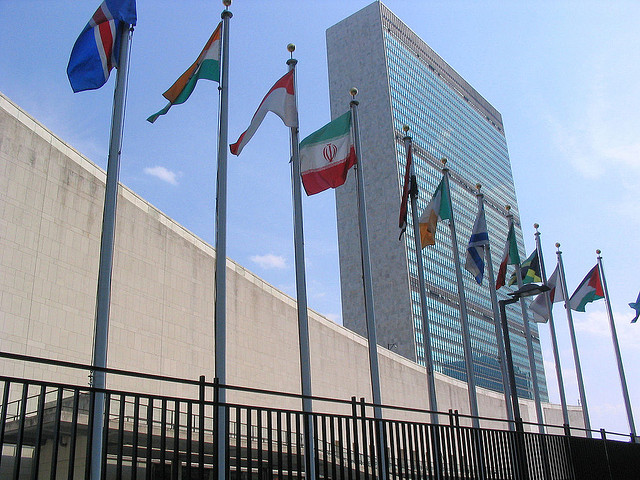The power of media in today’s world is monumental. It has a significant influence over fact, thought and opinion en masse. It is no surprise; therefore, that media is often considered the fourth organ of the government. On a personal note, during the course my first model UN conference in the 9th grade where I participated as a delegate in the SOCHUM committee, I felt intrigued by the way press functions in a model un and how they formulate their reports in a witty, informative and intellectually opinionated manner. Needless to say, my second conference was as an international press reporter and I’ve attended 7 such conferences with the aforementioned title. Over this period, press corps has taught me to be on my toes at all times and respect the deadlines dutifully, to combat writer’s block and put analysis in my thoughts and back them up with evidence. But arguably the most important lesson I’ve learned as a journalist is not to fret and despair during times when I might find myself staring at an empty word document or when I miss an important line said by a delegate that received noteworthy tapping, for this is when plan B comes in the picture. I’ve learned and practiced having second options for every action I take in terms of reporting and interviewing. International press reporting now comes to me as second nature and although I haven’t won as much as I should’ve, the experience I’ve gained is invaluable and of course nothing amounts to the jubilation I gain by seeing my name in print.
What is essential in any good news article?
A writer reporting, or as it’s known in the journalistic world, covering an event should be able to craft his words in such a way it leaves the reader perusing for a long time and even craving for more. Structuring an article, above anything else, is paramount. A structured article always depicts a coherent flow of thoughts. The headline too, should be chosen wisely for whether the reader goes on to the read the article or not often solely depends on it, the seven words one puts in a headline should both be captivating and comprehensive. The headline should be so unique and confident with itself that the reader cannot help but pay attention to it. Following this context, a by-line, equally vital, should be an expansion of the headline, just enough to foreshadow the reader but not long enough to present the subject as a whole. The piece should be detailed and explicit, packed with the right amount of factual information and analysis, providing the reader with sufficient knowledge without being monotonous. It should reflect the writer’s methods of expression, communication and evaluation. A writer should know how to work within shades of grey and a good news article, in that essence, should be revealing without being privy, inclined without being biased and, if the piece calls for it, cynical without being offensive. Lastly, it is essential for the writer to be able to paint the crux of the picture and to be wise in his judgement in order to produce a reader-friendly eloquently written piece that rivets and impresses upon its readers.
